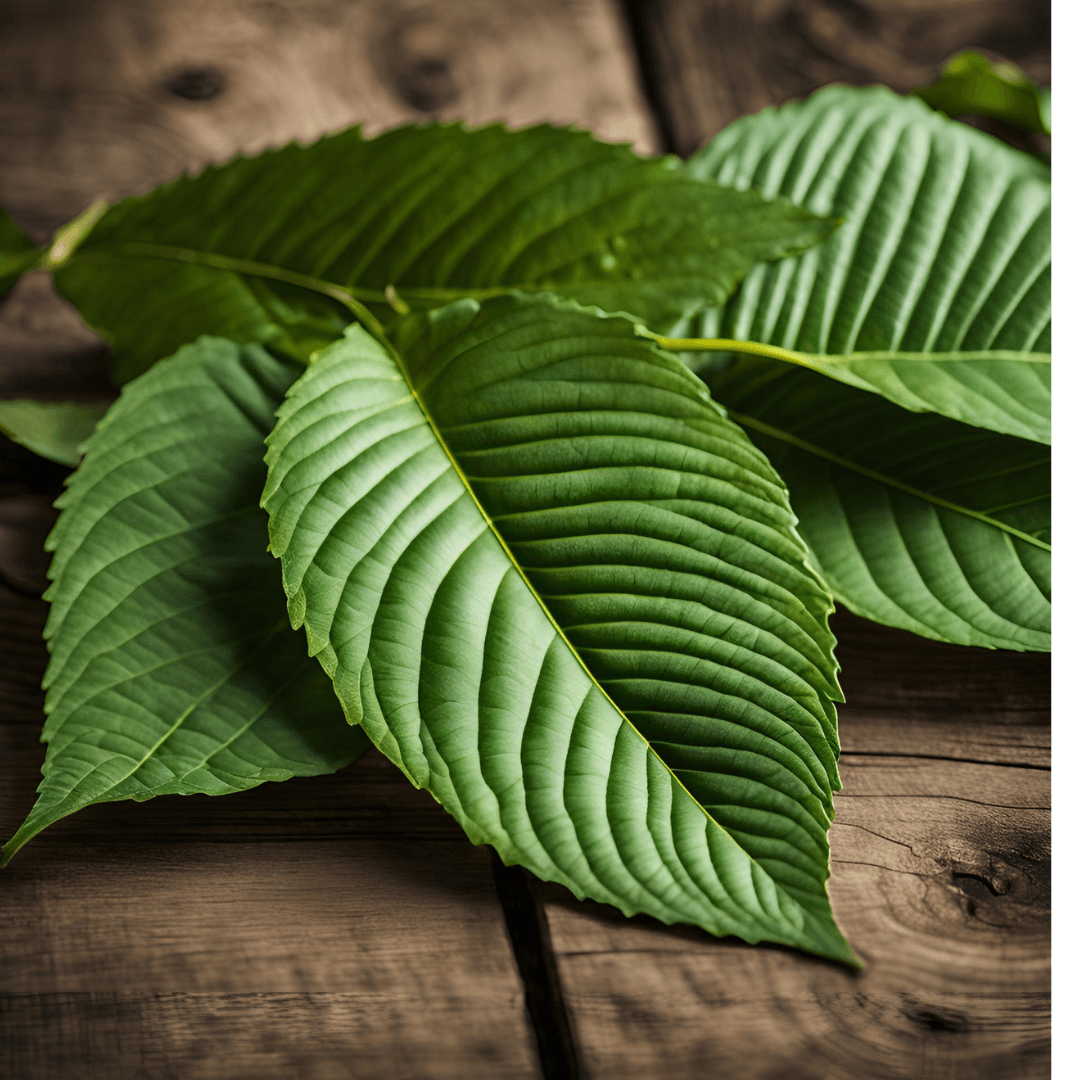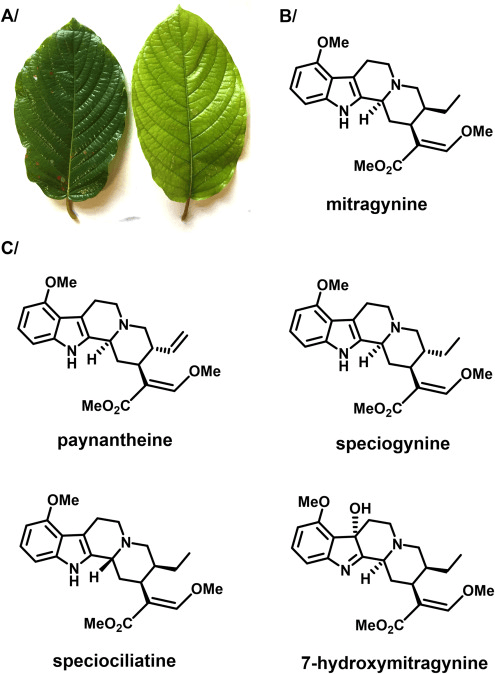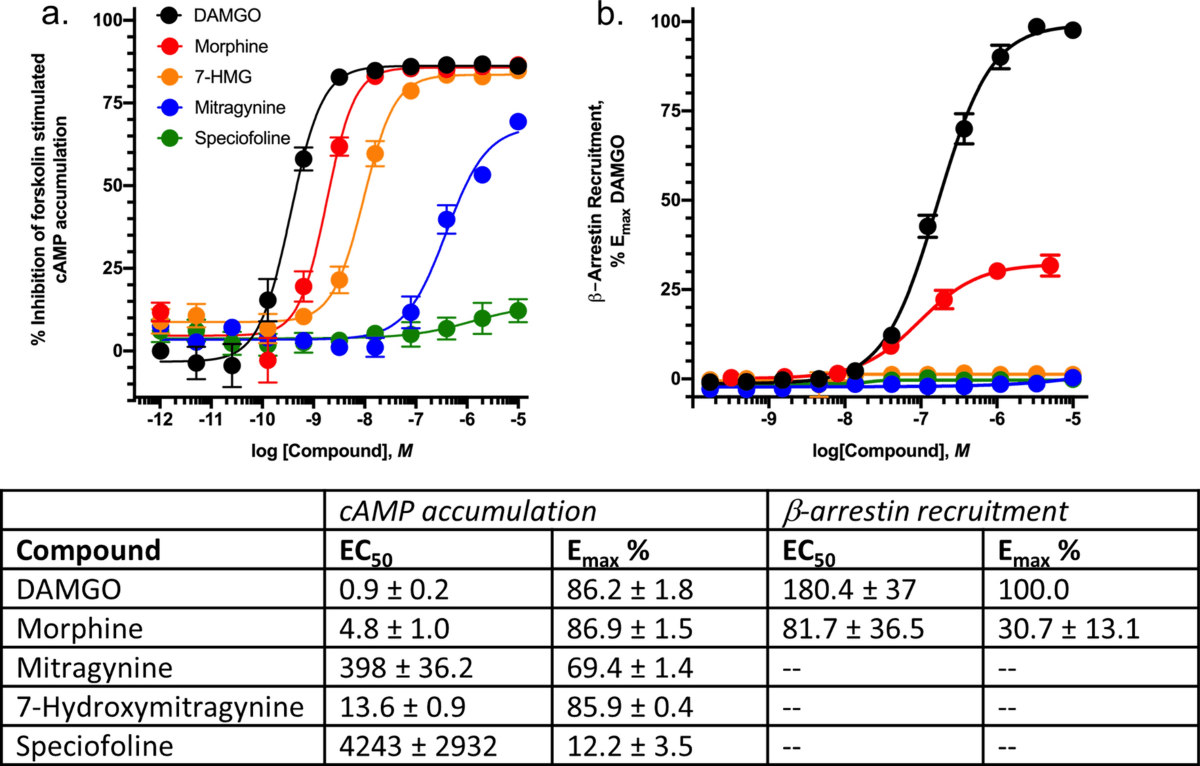What Is Mitragynine? An Overview And Complete Guide

Have you ever wondered why Kratom has become so popular lately? This tropical plant from Southeast Asia has been used for centuries to boost energy, improve mood, and offer natural relief. But there’s a lot more to Kratom than meets the eye—it’s all about the unique compounds inside it.
Before trying Bedrock Kratom, it’s important to know what makes it work. The secret lies in its alkaloids, especially one called mitragynine. This powerful compound, along with 7-hydroxy mitragynine, plays a huge role in how Kratom affects the body.
This article will explain what primary Kratom alkaloids do, how they work, and why they matter. So, let’s dive in and discover what makes Kratom powder so special!
We’ll also discuss the role of Mitragynine in the Kratom molecule, its unique mechanism of action, and the difference between mitragynine and 7-hydroxy mitragynine.
So, stay tuned, and let’s get straight into the topic with us.
What Is Mitragynine?
Mitragynine is known as the primary alkaloid found in Kratom leaves. This compound is the star player behind Kratom’s unique properties. Mitragynine belongs to a class of plant molecules known as alkaloids, which are known for their bioactive effects.
Kratom is scientifically known as “Mitragyna Speciosa” and has been traditionally used in Southeast Asia for its ability to enhance endurance and alleviate minor ailments.
You can also take it as an alkaloid. Keep in mind that it is the one that has captured the attention of researchers worldwide all due to its potential therapeutic benefits.
But do you have any idea what sets it apart?
It is actually the power of its Kratom molecule that is primarily mitragynine. This is something that interacts with the body in remarkable ways.

Kratom Structure and Chemical Composition
Have you ever wondered about the Kratom structure? At its core, Kratom’s chemical composition is what gives it its diverse effects. The Kratom chemical structure of mitragynine is quite complex. It is classified as an indole alkaloid, a specific type of compound found in plants.
Mitragynine forms with a unique molecular arrangement in all its components. Moreover, it interacts with various receptors in the body, especially the opioid receptors. This interaction is what gives Kratom its specific properties.

Here we are talking about the common effects for which Kratom is known. It includes discomfort relief, relaxation, and mood enhancement.
Now, it’s time to discuss its close relative which is 7-hydroxy mitragynine. This alkaloid is more potent than mitragynine and has stronger effects on the same receptors.
But what is the difference between mitragynine and 7-hydroxy mitragynine?
Keep in mind that mitragynine is more abundant in Kratom extracts. Meanwhile, 7-hydroxy mitragynine is a secondary alkaloid that is present in smaller quantities. But, it is important to mention that it is significantly more active.
List of Kratom Alkaloids
Did you know Kratom capsules contain over 40 different alkaloids? Here’s a quick Kratom alkaloids list:
- Mitragynine
- 7-Hydroxy Mitragynine
- Speciogynine
- Paynantheine
- Corynantheidine
- Speciociliatine
These alkaloids contribute to Kratom’s wide range of effects. Each compound has its own interaction with the body. This is something that makes Kratom a truly advanced plant in terms of its chemistry.
Effects Of Kratom Alkaloids
Let’s explore the Kratom alkaloid effects in detail. Mitragynine is primarily known for its discomfort-relieving and mood-enhancing properties. It can also provide a mild stimulant effect at lower doses. This significantly helps with focus and energy.
Meanwhile, 7-hydroxy mitragynine effects include potent discomfort relief and sedation. This makes it more suitable for managing chronic discomfort symptoms. All of this leads to relaxation.
However, because of its strength, products containing 7-hydroxy mitragynine should be used with caution.
7-Hydroxy Mitragynine Effects and Products
You’ve probably come across 7-hydroxy mitragynine products while exploring Kratom. These products are often marketed for their powerful effects. As one of the most potent alkaloids in Kratom, it’s crucial to understand its properties.
This compound works by binding strongly to opioid receptors, which explains its enhanced discomfort-relieving effects compared to mitragynine. However, due to its potency, responsible use is essential.
Advanced Alkaloids In Kratom
When we talk about advanced Kratom alkaloids then it simply means we are talking about more complex compounds that are found in this plant.
These include speciogynine, speciociliatine, and paynantheine. Keep in mind each of them contributes to Kratom’s overall effects.

Researchers are continually studying these advanced Kratom alkaloids to uncover their unique benefits and mechanisms. This exploration opens doors to new therapeutic applications of Kratom.
How Kratom Binds To Receptors?
So, what receptors does Kratom bind to? The magic lies in its interaction with opioid receptors, particularly the mu, delta, and kappa receptors in the brain.
Kratom’s mechanism of action is fascinating. Mitragynine and 7-hydroxy mitragynine mimic the action of endorphins, which are the body’s natural painkillers.
By binding to these receptors, they help the human body to reduce discomfort perception and enhance feelings of well-being.
Unlike synthetic opioids, mitragynine has a partial agonist effect. Do you know its meaning? It activates the receptors but to a lesser extent.
This is why Kratom is often used as a natural alternative for managing different symptoms. These include discomfort sensations, dependency on stronger opioids, etc.
Why Kratom’s Chemistry Matters?
It is very important to understand the chemistry behind Kratom and its alkaloids. This is something that helps us appreciate its potential. The Kratom molecule is not just a random plant compound—it’s a scientifically significant substance that interacts with the body in intricate ways.
From its unique Kratom structure to its effects on receptors, Kratom continues to intrigue researchers and users alike. Whether you’re interested in its traditional uses or its modern applications, Kratom is a plant worth exploring.
Final Thoughts
Now that you know more about mitragynine and its role in Kratom’s effects, you can see why this plant has gained global attention. Its complex Kratom chemical structure includes a wide range of alkaloids and interactions with receptors.
If you’re someone who is considering Kratom or simply curious about its benefits, understanding the difference between mitragynine and 7-hydroxy mitragynine, along with the effects of its alkaloids, is a great place to start.
Remember that Kratom’s story is far from over, and with ongoing research, we’re bound to uncover even more about this remarkable plant.
Frequently Asked Questions
1- What Is Included In The Kratom Alkaloids List?
Kratom contains over 40 alkaloids. Key ones include mitragynine, 7-hydroxy mitragynine, speciogynine, paynantheine, and speciociliatine. Remember, each plays a role in Kratom’s overall effects.
2- How Does Kratom’s Mechanism Of Action Work?
Kratom’s mechanism of action involves alkaloids like mitragynine and 7-hydroxy mitragynine. Both of them mimic the body’s natural endorphins. This way, this interaction helps to reduce discomfort and enhance well-being.
3- What Are Advanced Kratom Alkaloids, And Why Are They Important?
Advanced Kratom alkaloids are generally known as lesser-known compounds in Kratom. These include alkaloids such as speciogynine and paynantheine. They work alongside mitragynine and 7-hydroxy mitragynine to create Kratom’s wide range of effects. This is something that provides Kratom with more potential for new therapeutic applications.
4- Can You Explain The Kratom Chemical Structure?
Kratom’s chemical structure is complex, with mitragynine classified as an indole alkaloid. This unique structure allows it to bind with specific receptors. As a result, it allows Kratom to show its specific characteristic effects.
1. What Is Mitragynine, And Why Is It Important In Kratom?
Mitragynine is the primary alkaloid found in Kratom leaves that is responsible for most of its effects. It interacts with receptors in the body and so it works effectively as a natural solution for so many problems. It offers many potential benefits like discomfort relief, relaxation, mood enhancement, and many more.
